Activator AK TOM
€280.00
Activator AK TOM – Water activation
The device AK TOM Activator is designed to increase the fungicidal properties of water-soluble drugs and aqueous solutions of indoleacetic acid (as a catalyst for the growth of plants), as well as to increase the activity of water-soluble physiologically active substances used in agriculture, of disinfectology and at home.
Out of stock
Description
Activator AK TOM – Water activation
The device AK TOM Activator is designed to increase the fungicidal properties of water-soluble drugs and aqueous solutions of indoleacetic acid (as a catalyst for the growth of plants), as well as to increase the activity of water-soluble physiologically active substances used in agriculture, of disinfectology and at home.
The inventive method is an original method of activating carrier with EMR MM-band for subsequent exposure of the activated carrier on biological objects (mold, fungi, etc.). The media are water or aqueous solutions of mineral salts or organic compounds.
The water environment is selected as a carrier for the biologically active fluid due to the fact that electromagnetic waves of MM range most strongly absorbed in water. Thus water and aqueous solutions exposed EMR MM-range, exhibit a distinct ability to retain the acquired properties for some time.
Along with traditional applications for cosmic communications, different sensors, radiolocation and mobile communication facilities, there are special field of mm wave application in Russia — Biology, Medicine and new biotechnology of informational influence of wave nature on living organisms. First works on interaction of IR, visible and UV range with leaving cells had been conducted by Russian physicist A. Gurvich (1940th). You can find a lot of information about Russian Cosmism on Kozyrev Mirrors website. Russian’s priority in investigations in the fields if mm wave interaction n with bio objects has been acknowledged , particularly, in publication at IEEE magazine 2002. Works of American scientists Webb and Dodd (1968).
Works of G.Frolich (1968, 1983) laid out foundation on mechanisms of Electromagnetic Waves appl ications in MM band. Works of physicist N.D.Deviatkov in 70th-90th based grounds for practical application of millimeter wave radiation in medicine and laid basis for modern industrial manufacturing of mm -wave devices. In Russia basic studies of biotro pic effect mechanism have been conducted for more than 20 years.
The results of the investigation have acquired international recognition; great scientific school has formed which studies mm-radiation effect in treating different diseases.
During the past years thorough studies of mm-radiation impact on biological objects have been conducted. Numerous research allow to work out major requirements for mm wave technique: Operating band 40-80 GHz, Radiating power, Modulation mode. Recently with the appearance of technologies allowing to bring down the price for mm wave sources, it opens a new advantage for application of low power mm wave generators in Biotechnology.
BZI Water – Biointernet Zen Infinity Water
Biologically active for microorganisms wave lengths spectrum from 4,11mm to 8,34 mm and allow to reveal similarity and difference of biological effects at microorganism exposed by mm waves. Let’s recite number of similar characteristics in reaction to mm wave of microorganisms capable and incapable of photosynthesis. Similarity is revealed in many cases when irradiation was performed once.
Intensification of growth and biomass outcome was observed as well as resonance effect under irradiation influence, biological effect dependence on parameters of irradiation and, mainly, on wave length, growth inhibition or absence of effect when optimal wave length is changed;
negligible quantity of absorbed energy when objects are irradiated;
changing of cell membrane permeability;
changes in synthesis of biologically active compounds;
dependence of received effect on incident power density;
dependence of active wave length resonant peaks on genus, species and culture of the microorganism, i.e. individual taxonomic sensitivity t o mm wave exposure;
absence of exposure mutagenic effect; prolongation of stimulating effect when passaging cultures afterwards – all these phenomena were observed.
There were also revealed some differences in microorganism response to mm wave exposure:
1. With nonphotosynthesizing microorganisms, especially yeast, in some cases for
obtaining well-defined stimulating effect there was necessary to apply repeated
irradiation, such cases were not observed with photosynthesizing microorganisms;
2. With nonphotosynthesizing microorganisms, especially yeast and mushrooms,
undergo cell structural changes, which doesn’t occur with photosynthesizing
microorganisms;
3. Difference in the range of active wave length (photosynthesizing microorganisms
have shift toward 10mm);
4. In some cases mm wave bactericidal action on nonphotosynthesizing
microorganisms was observed.
You may also like…
-
- Out of StockSale!
- AK TOM, Beauty Bio Net, Contemporary Health Care, Creation, Extra, Home Appliance, Human Light System, Low and Superlow, Smog 2 - EMF Smog
AK TOM +3
- Original price was: €1,290.00.€990.00Current price is: €990.00.
- Read more
-
-
- Out of Stock
- AK TOM, Beauty Bio Net, Contemporary Health Care, Home Appliance, Low and Superlow, Personal development
AK TOM mini
- €460.00
- Read more
-



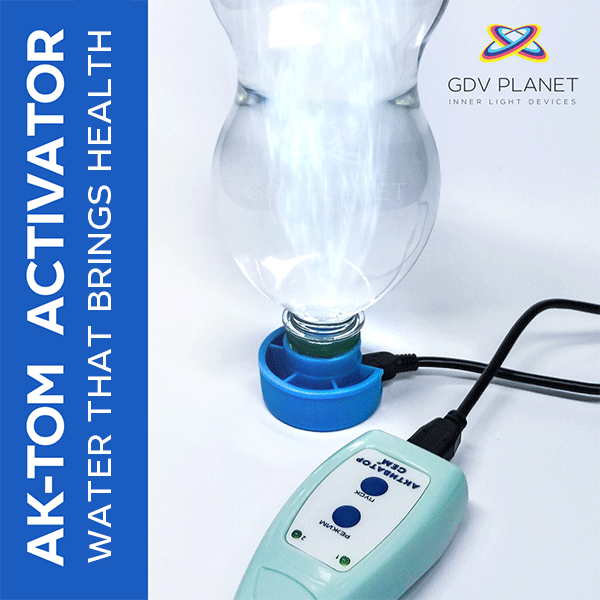



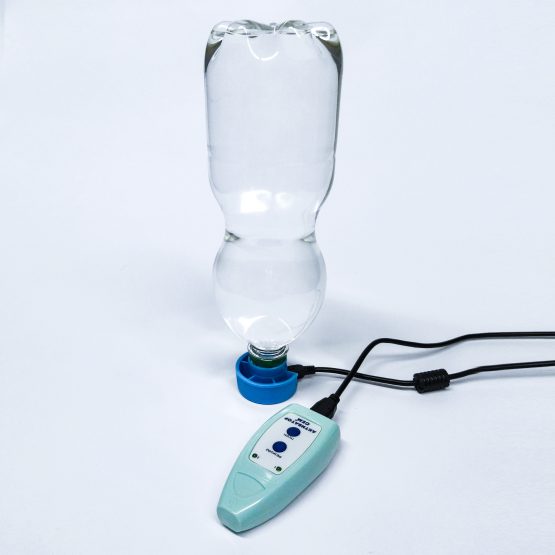






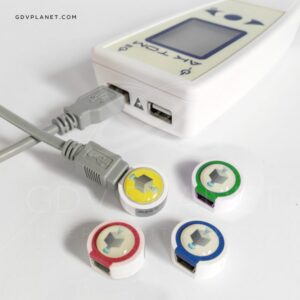
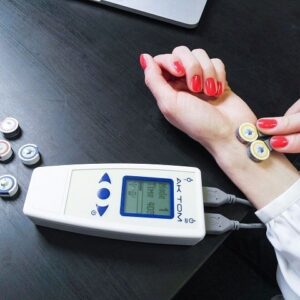
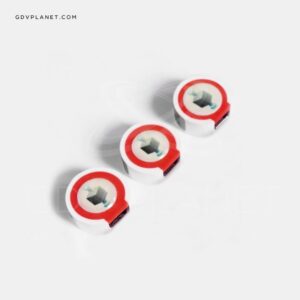
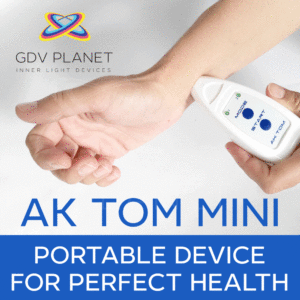
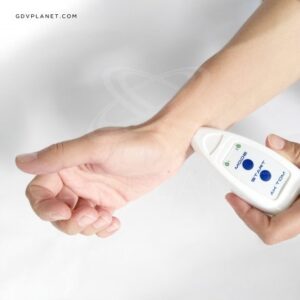



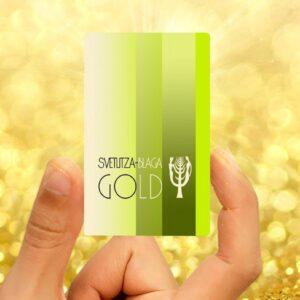

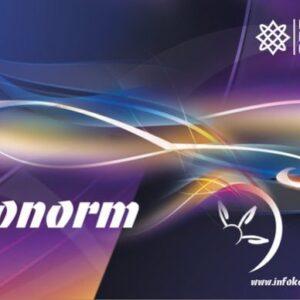
Reviews
There are no reviews yet.